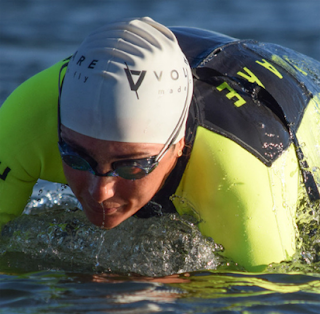The Future of Tri Suits Australia: Trends to Watch

For many years, tri suits have been a mainstay in the triathlon world, offering athletes a comfortable, aerodynamic, and practical solution to their racing needs. Tri suits have evolved into essential equipment for triathletes of all levels as technology, textiles, and design have advanced. As the sport of triathlon grows in popularity, so does the demand for high-quality tri suits. This blog will look at the trends to look out for in the future of tri suits Australia . Sustainability Sustainability has become a major focus in the sports industry, and triathlon is no exception. Athletes are becoming more ecologically conscious and interested in lowering their carbon footprint. Tri suit producers respond to this trend by employing sustainable fabrics, like recycled polyester and organic cotton. They are also introducing environmentally friendly industrial procedures and reducing trash. Customization For several years, the triathlon sector has seen an increase in customization. Athletes
.png)

